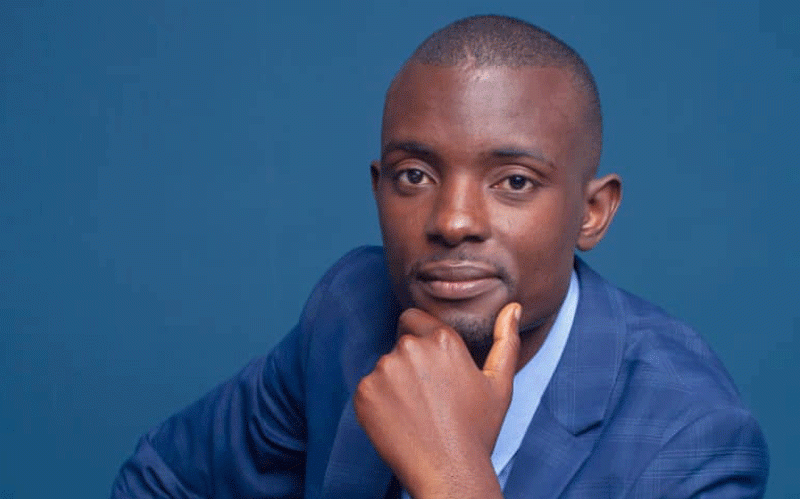
LOCAL power consortium, Intensive Energy User Group (IEUG), needs over US$3 billion in the next five years to transmit electricity from areas of power surplus to regions in deficit, its chairperson said last week.
IEUG established Green Hybrid Power Pvt Ltd (GHP) to implement the Kariba Floating Solar Project.
The project seeks to build 1 000 megawatts (MW) of solar in four phases of 250MW each.
Tabling the project for possible funding during a three-day 2024 Africa Investment Forum Market Days in Morocco, last week, IEUG chairperson Eddie Cross said the company had to invest massively in the region.
The forum, an annual multi-stakeholder, multi-disciplinary platform that advances projects to bankable stages, raises capital and accelerates deals to financial closure, was hosted by the African Development Bank.
“What we have done in the private sector is to form a voluntary association of the largest consumers of power in the country. We are responsible for about 40% of the domestic demand for power in Zimbabwe,” Cross said.
“A group of companies, the majority of which 80/90% are mining companies, has undertaken to work together to provide the resources and the demand for power in our country. And we have formed three subsidiary companies. One is involved in trading.”
He said the association had been trading power successfully and profitably for the last 19 months.
- Zimcodd red flags wage erosion
- Village Rhapsody: Zimbabwe needs to reduce teen pregnancies
- Community trailblazers: Chipo Gozho: An inspiration to today’s women
- Sherwood Golf Club reopens for live shows
Keep Reading
“We have formed a company to do an investment in new power generation, which is responsible for this project and we have a company that is responsible for transmission and distribution. In the transmission and distribution sector, we have to invest massively in the region,” Cross said.
“We estimate in the next five years we have to invest US$3 billion in transmission to enable us to move power from areas of surplus to areas of deficit.”
Cross said there was a 1 300-kilometre power line running from Angola to the Congo and a 2 000-kilometre power line running from Tanzania to Zambia.
“And that is to make it possible for the surfaces in the region to be one of the key deficit areas, which is the Congolese and Zambian Copper Belt,” he said.
“Between the Congo and the Zambian Copper Belt, they will be producing 70% or 80% of the world’s copper in three years’ time. And this is resulting in massive investment. The Americans have picked up the project of the railway line to Lobito and we are looking at a number of projects of a similar nature.”
He said the group had been permitted by government not only to move into this space, but to operate exclusively in United States dollars.
Cross said the dispensation would allow it to service the external liabilities that would be created by their activities.
“So, current independent power producers who are supplying us with power which we are selling to our clients, our clients pay us in US dollars in advance of consumption and we in turn are able to pay our power suppliers in US dollars at any site in the world of their choice,” he said.
“We have a bank account in Botswana and our clients can choose to be paid from Botswana if they want. We have a collection account which is run by our bankers in Zimbabwe, Standard Bank, which is the largest bank in Africa.
“And for the last 18 months, we’ve had absolutely no problems from an exchange rate point of view or from a point of view of operating in this environment. We have at the moment planned roughly 6 000MW of new hydroelectricity power production.”










